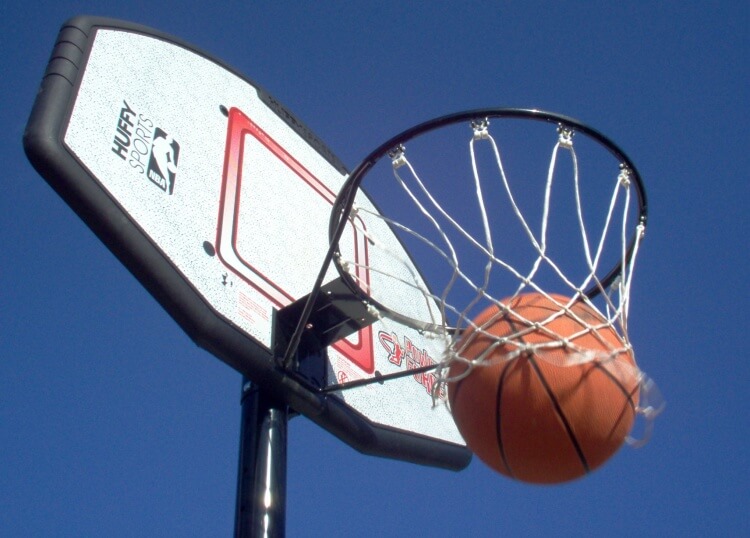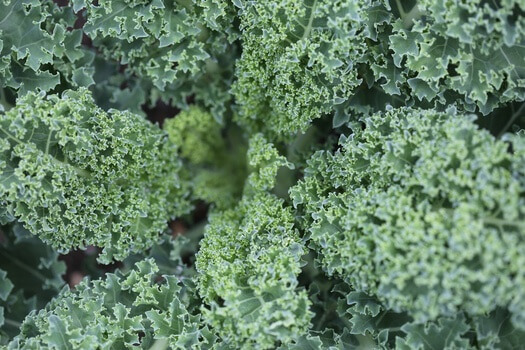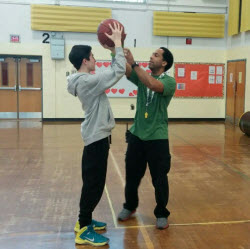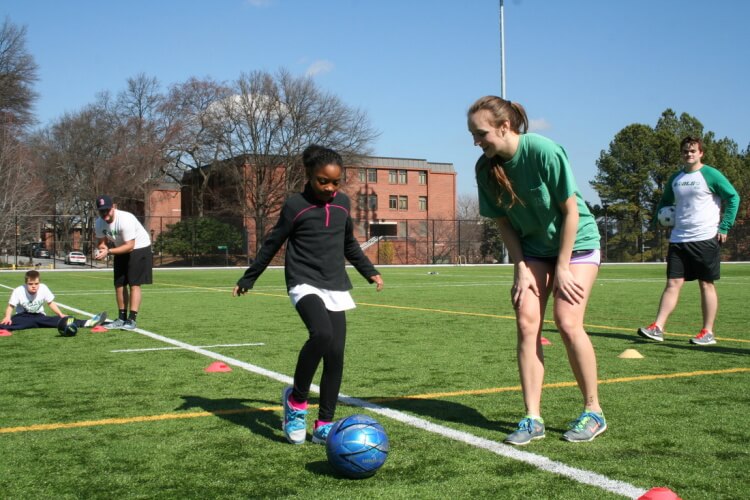Note: Reprinted from the Ahwatukee Foothills News, March 17, 2015, reprinted by permission.
Over the last few months, much has been written about funding for Arizona education. The seventeen percent decrease in funding in recent years and diversion of funds designated for education have prompted a variety of comments. Rarely mentioned, however, is the fact that art, music, and physical education programs have been dramatically cut as funding has decreased. Improving test scores in math and language arts seems to be the primary goal and “special” programs such as art, music, and physical education are the first to go when budget shortfalls occur. If and when funding is restored, these programs sometimes, referred to as “frills” are rarely restored.
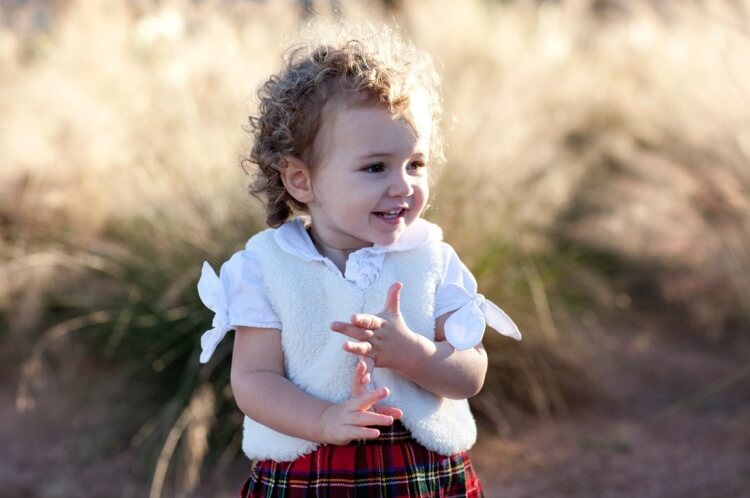
But what does the evidence tell us about these “special programs?” It tells us that they really are special, not frills. Lets take a look at the evidence. Students who participate in the arts read more often, are four times more likely to do public service, four times more likely to be in a math or science fair, and three times more likely to bet elected to a class office than other students.

